What is Training and Development?
Training and Development is one of the main functions of the human resource management department. Training refers to a systematic setup where employees are instructed and taught matters of technical knowledge related to their jobs. It focuses on teaching employees how to use particular machines or how to do specific tasks to increase efficiency.
Whereas, Development refers to the overall holistic and educational growth and maturity of people in managerial positions. The process of development is in relation to insights, attitudes, adaptability, leadership and human relations.
Training and Development Programs
Training and development programs are designed according to the requirements of the organization, the type and skills of employees being trained, the end goals of the training and the job profile of the employees. These programs are generally classified into two types: (i) on the job programs, and (ii) off the job programs.
Different training is given to employees at different levels. The following training methods are used for the training of skilled workers and operators- Specific job training programs, Technical training at training with live demos, Internship training, Training via the process of rotation of job.
Training given to people in a supervisory or managerial capacity is – Lectures, Group Discussions, Case studies, Role-playing, Conferences etc.
People in managerial programs are given this type of training- Management Games to develop decision making, Programmes to identify potential executives, Sensitivity training to understand and influence employee behavior, Simulation and role-playing, Programmes for improving communication, human relations and managerial skills.
What are the benefits of Training
- Training improves the quantity and quality of the workforce. It increases the skills and knowledge base of the employees.
- It improves upon the time and money required to reach the company’s goals. For e.g. Trained salesmen achieve and exceed their targets faster than inexperienced and untrained salesmen.
- Training helps to identify highly skilled and talented employees and the company can give them jobs of higher responsibilities.
- Trained employees are highly efficient in comparison to untrained ones.
- Reduces the need to constantly supervise and overlook the employees.
- Improves job satisfaction and thus boosts morale.
- Exposes executives to the latest techniques and trends in their professional fields.
- Ensures that the company has an adequate number of managers with knowledge and skill at any given point
- It helps in the long-term growth and survival of the company.
- Creates an effective team of managers who can handle the company issues without fail.
- Ensures that the employees utilize their managerial and leadership skills in particular to the fullest.
Why you need high-impact employee training and development?
Good training and development programs help you retain the right people and grow profits. As the battle for top talent becomes more competitive, employee training and development programs are more important than ever. Hiring top talent takes time and money, and how you engage and develop that talent from the time they are first onboarded impacts retention and business growth. According to the 2019 Workplace Learning Report from LinkedIn, 82% of L&D professionals say that their executives actively support employee engagement in professional learning, and 59% say they will spend more on their online learning budget.
According to SHRM, the link between learning and business success is compelling. “Companies that learn fastest and adapt well to changing environments perform the best over time,” says Edward Hess, a professor of business administration and author.
Here is how you create high-impact employee training.
High-impact training and development programs don’t just happen. Instead, they’re the result of a careful planning and alignment process. The following steps can help you translate business objectives into a tailored training plan.
1. Identify Business Impact:
Design and develop your training to meet the company’s overall goals. Keeping business goals in focus ensures training and development makes a measurable impact.
2. Analyze Skill Gaps:
How are your employees’ behaviors helping meet the business goal? By finding out what the gaps are between employees’ current and ideal skills, you can better pinpoint what your specific learning objectives should be. Categorize these learning objectives into these three groups, and have activities in your training plan that target all three.
- Motivation: How can you help learners understand why they need to change their behaviors? By working with employee motivations–for example, pinpointing a purpose–you’re more likely to change behavior over the long term.
- Skills Mastery: What do your learners need to be able to do the job? These behaviors will have the most impact on performance.
- Critical Thinking: What must your learners know to perform their jobs well? Distinguish critical knowledge from nice-to-know information to identify what content should be in the course, and what should be in optional resources.
3. Layer Training and Development Methods:
The most effective training programs use layered, sustainable learning activities to create performance improvement over time. A layered approach makes sure your program targets the essential employee, customer, and business needs while training the right people at the right time in the right way. A layered approach is the best of all worlds because it blends learning experiences and training methods that maximize the benefits of your time.
4. Evaluate Effectiveness and Sustain Gains:
Employees’ need for training and support doesn’t end when they get back to work. In fact, continued support is required to ensure that initial training sticks. Measurable learning objectives are the foundation for you to evaluate an initiative’s impact.





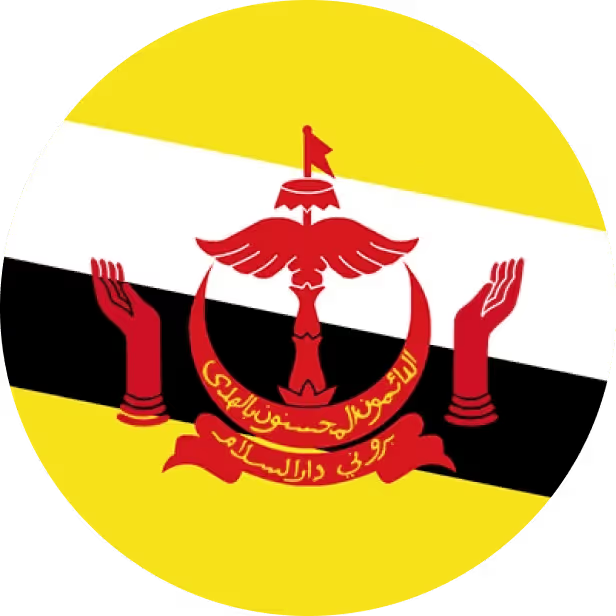


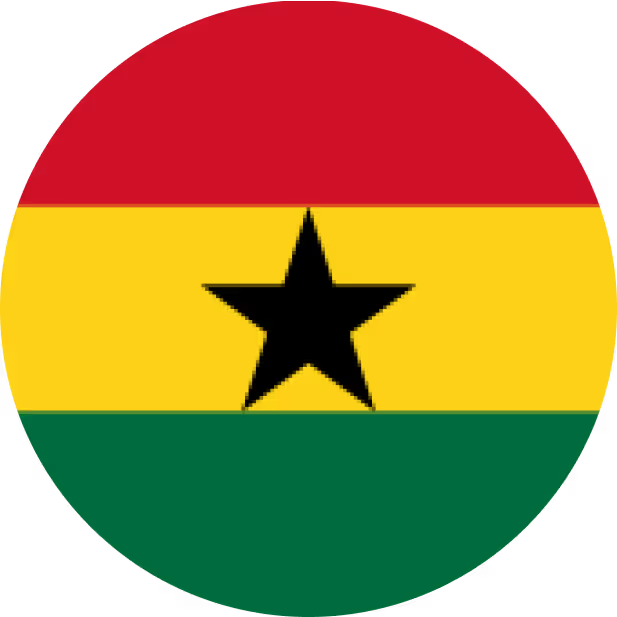


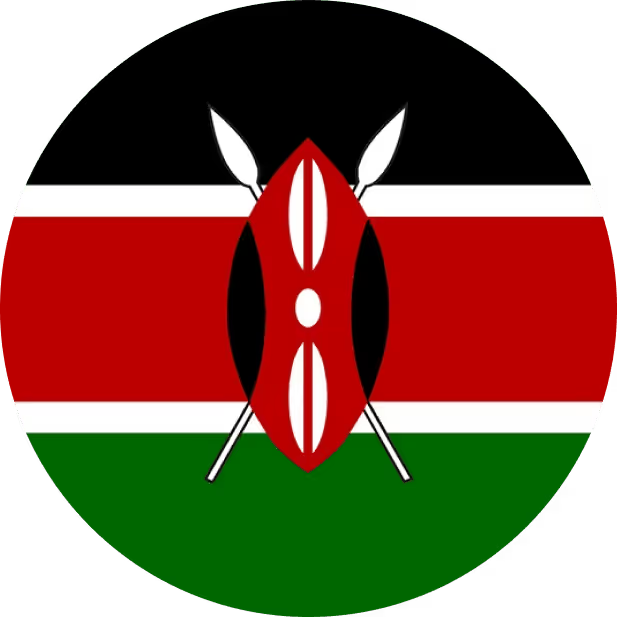
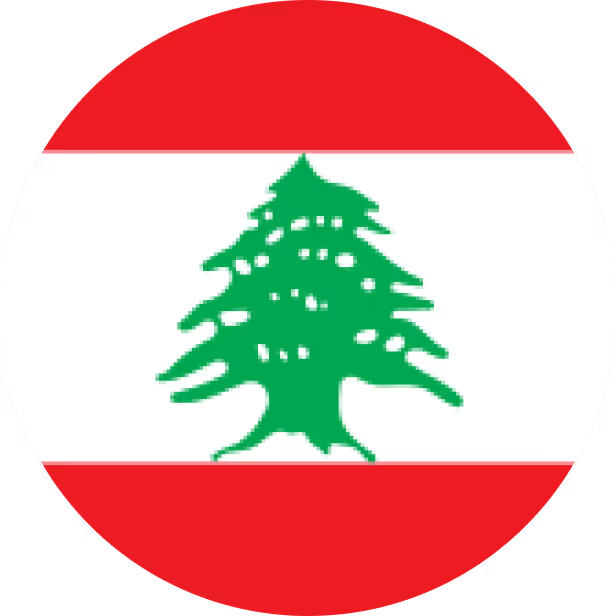
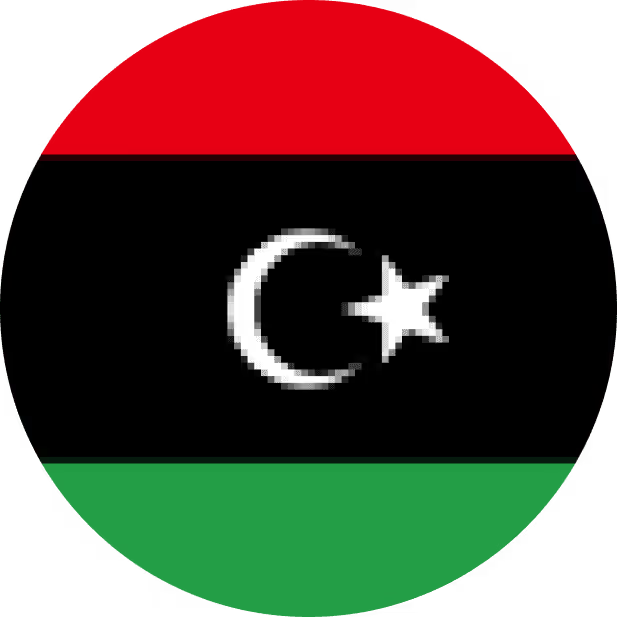
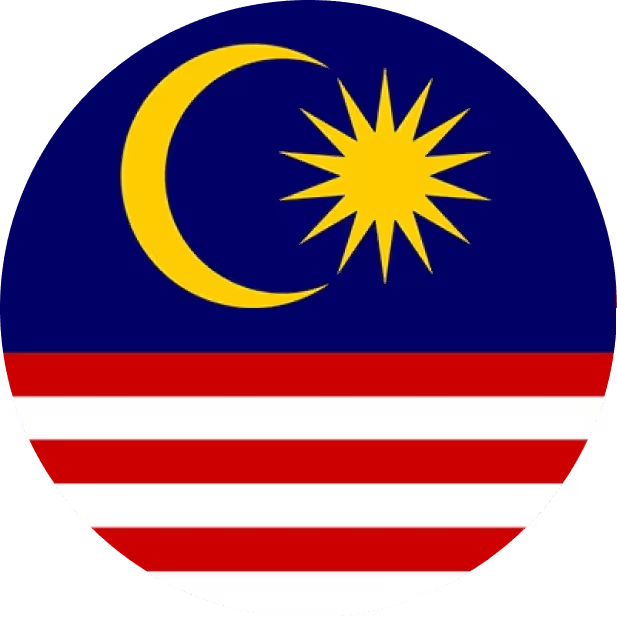

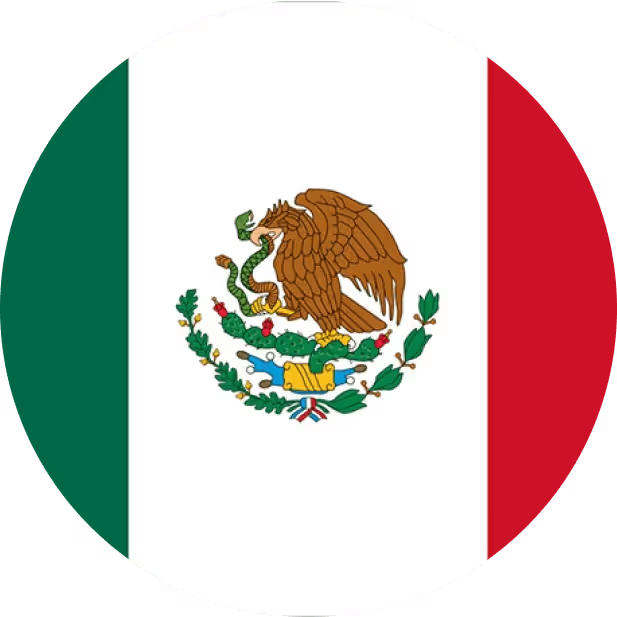








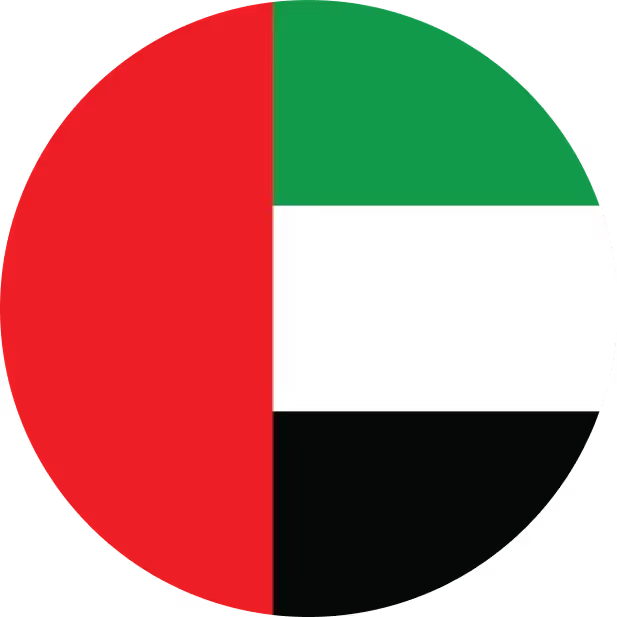




















.avif)